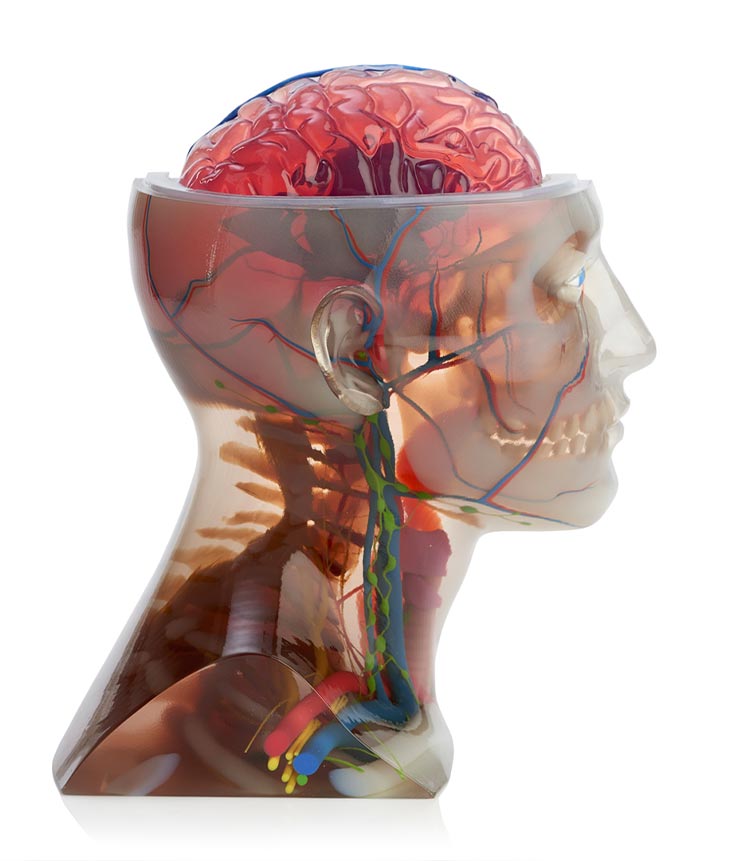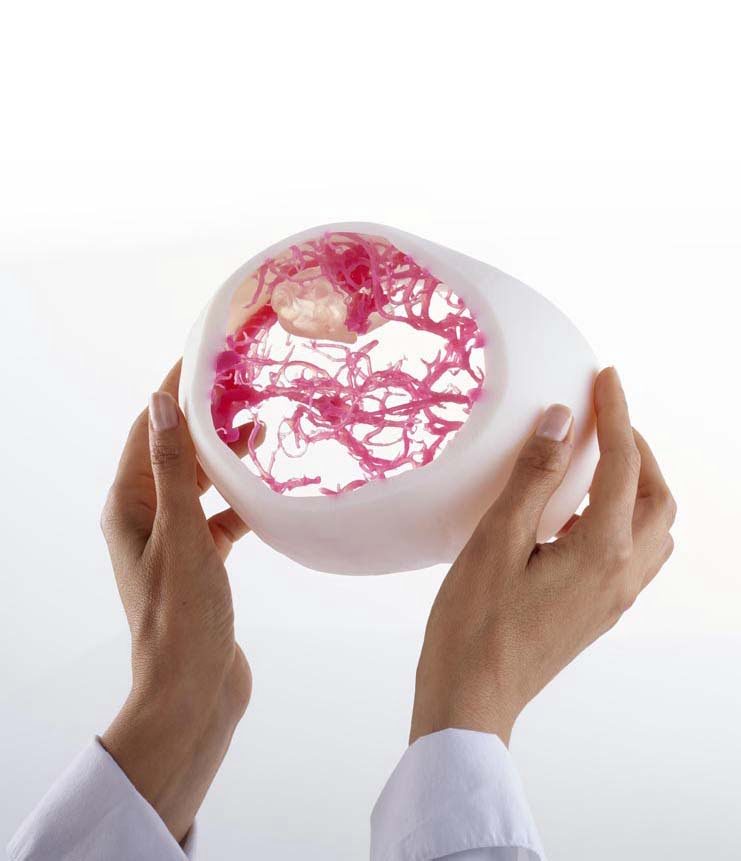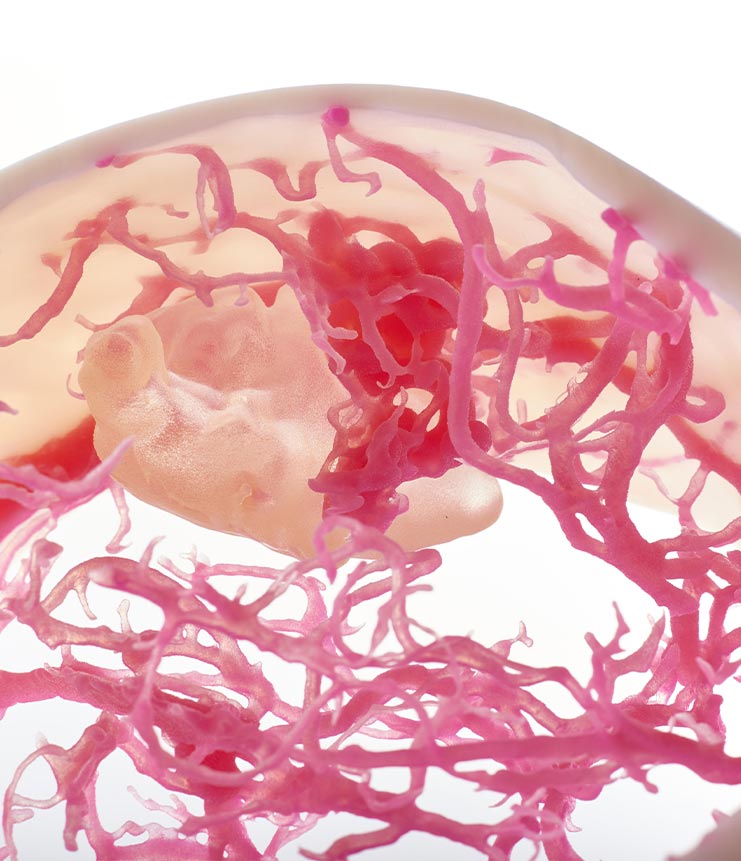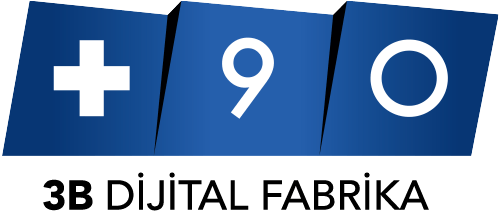Medical Anatomic Model

Contact Us for Your Offer Requests and Questions!
These models, in which surgeons have the opportunity to practice, have certain limitations. Cadavers are limited in number, provide a limited range of pathology, and rarely match the targeted patient pathology in education. In addition, cadavers cannot give the answers that living tissue can give. Animal models are instructive about basic surgical applications (such as cutting, stitching, device placement). However, it cannot imitate human anatomy exactly. Training using both cadavers and animal models is expensive and requires a controlled environment. Medical mannequins are incapable of simulating normal and real patient anatomy due to increased production cost when it comes to variety and processing restrictions for mass production.
Surgeons; 3-dimensional view of the patient’s anatomy obtained using MRI and CT can be viewed on a computer screen. But; in order to develop surgical skills, it is necessary to physically interact with the complex structure of human pathology.

REALISM THAT DOES NOT OVERLAP
Creating realistic examples of patient anatomy with advanced 3D printing technologies does not require a long time and high cost as in traditional manufacturing methods in medical modeling. Therefore, it is not surprising that the number of 3D printed medical models used in surgeons’ training is increasing.
3D printing was not as successful in the past as it is today, due to the limited physical properties and color capacity in systems developed for rapid prototyping. But; The Stratasys J750 3D Printer can simulate the human anatomy with more than 500,000 color and material options that can be as soft as tissue and as hard as bone.
Biomedical Modeling Inc. (BMI) president and one of the leading medical model manufacturers Crispin Weinberg, states that the model produced with the Stratasys J750 can simulate the individual patient anatomy, so that surgeons can plan their operations in the best way in advance and rehearse their plans on the models again and again until they go into the procedure.
BMI engineers produce real patient data obtained using MRI and CT with 3D printers using medical methods and CAD software. The surface model is created using reverse engineering methods and post processes. The BMI team adds color, transparency and flexibility information to the model using graphics software.
MAKING CREATIVITY AND FLEXIBILITY POSSIBLE
BMI produced an unprecedented heart model with realistic textures and colors using the Stratasys J750 using surgical photographs and cadavers. The original design was actually a solid heart pattern. A small change to the design allowed the model to be produced in two parts, with the front removed to view the chambers, vessels, papillary muscles and other structures inside.
At the same time, BMI produced a cross section of the head and brain using the Stratasys J750 for anatomy training and technical demonstration. In the production process of the cross sections, the materials used in the production of the heart were preferred, but instead of realistic colors, vivid and different colors were preferred to show different biological textures under the transparent structure. BMI also produced a realistic hand model using colored, transparent and flexible materials.
Weinberg, “Stratsys J750; can economically produce realistic colored and textured education models with normal or abnormal anatomy. 3D printers allow surgeons to effectively practice abnormal and patient-specific anatomies.”
3D printers have started a new era by enabling the production of complex, realistic and sophisticated medical models that were previously impossible to manufacture. Today, designers can economically produce realistic color and textured models of all anatomies.





